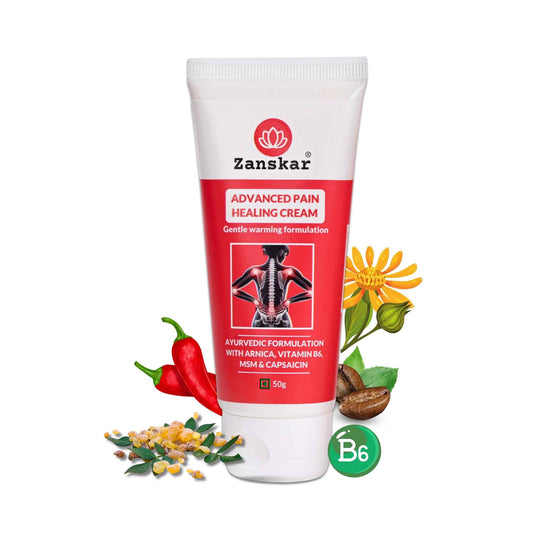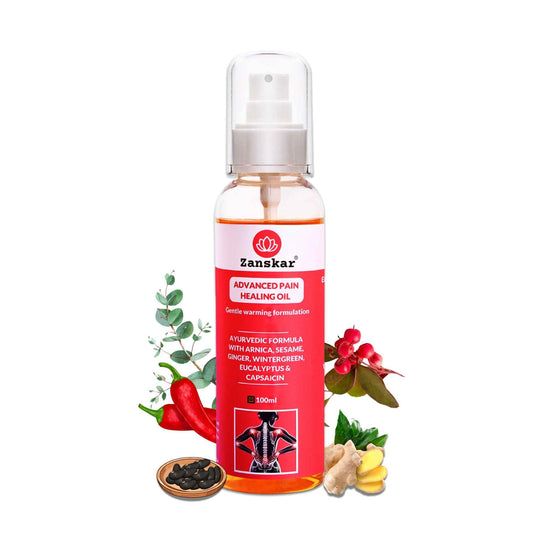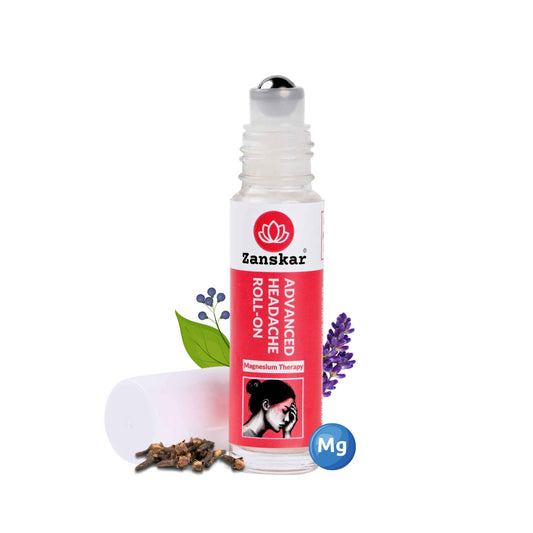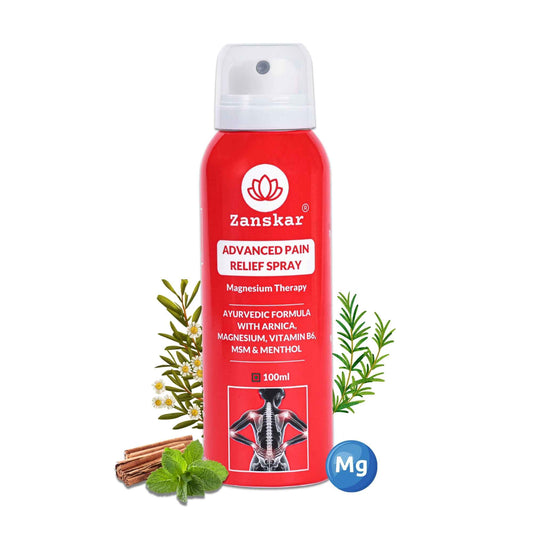
Torn Meniscus: Symptoms, Treatments, and Exercises from Physical Therapists
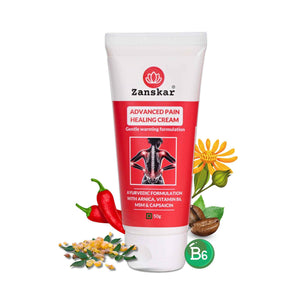
When you first hear your doctor utter the words “torn meniscus,” you might jump to all sorts of conclusions about what you will — and won’t — be able to do. But before you start worrying about your knee, canceling plans, or prepping for surgery, know this: While a torn meniscus might sound scary, the truth is most tears are mild and many people feel better with conservative measures.
“Many people assume that they need surgery to recover from a torn meniscus, but that isn’t the case most of the time,” says Rashi Goel, MPT, a physical therapist at Zanskar Health. “It’s possible to regain full function and mobility with simple steps like strengthening and stretching exercises along with physical therapy.”
Here, learn more about what causes a torn meniscus in your knee and how to treat it, especially with exercises from our Zanskar Health physical therapists.
What Is a Torn Meniscus?
The meniscus is a rubbery C-shaped disc of cartilage that helps to cushion your knee joint — you have two in each knee. Like all cartilage, the meniscus is a strong, flexible connective tissue that protects your bones and joints and acts as a shock absorber, says Dr. Rashi. In this case, the meniscus helps distribute load where the thighbone and the shinbone meet.
When you tear this particular piece of cartilage, it’s called a torn meniscus. As you can imagine, given how much your knee has to bear and maneuver, these types of tears are very common. They can happen while playing sports or just in the course of daily living. They can occur at any age, but especially as you get older. In fact, research shows that about 75% of people with symptoms of knee osteoarthritis have a torn meniscus that, at times, contributes to their discomfort.

Symptoms of a Torn Meniscus
Not every torn meniscus is painful — some tears in the meniscus may not cause any symptoms or discomfort. If that’s not the case for you, here are common torn meniscus symptoms:
• Pain. If it’s from an acute tear due to injury, knee pain tends to develop gradually over a 24-hour period. It typically worsens with any twisting or pivoting movement.
• Stiffness. You may not be able to move your knee through its full range of motion.
• Swelling. Like pain, swelling in the knee gradually worsens over the first 24 hours after the injury.
• Catching or locking of your knee.
• A feeling that your knee may give out.
Common Causes of a Torn Meniscus
Here are two of the most common reasons you may experience a torn meniscus:
1. Injury. Rotating or twisting your knee while it’s flexed with your foot planted on the ground can put a lot of stress on your meniscus and cause it to tear, explains Dr. Rashi. It’s more likely to occur in sports that involve frequent pivoting and cutting, like badminton, basketball, tennis, etc.
2. Normal ageing. As you get older, it’s normal for the body to change, like the way you get wrinkles on your skin. The meniscus is no exception, which is why tears can become more common as you age. “While a tear can feel like pain is inevitable, recovery is common and very possible. Most people can drastically change how their knee feels, even if they might not be able to change how their ageing knee looks on a scan,” says Dr. Rashi. In situations like this, it’s best to think of the meniscus tear as a component of natural ageing, rather than an isolated problem.
Torn Meniscus: A Zanskar Health Perspective
Anytime you hear that you’ve torn something in your body, it’s perfectly natural to assume that resting the affected area is the right way to help it heal, prevent further injury, or minimize pain. And while that’s an understandable assumption, it’s not, in fact, the best way forward.
Maintaining movement, even if modified, can actually help you achieve the results you want by helping to speed healing, prevent further injury, and ease pain. This is especially true for a torn meniscus, because you want to keep the knee joint active and flexible.
Another reason to keep moving: Your knee — and the muscles that support it — need to be strengthened to help you recover safely and prevent re-injury in the future.
“The meniscus is a stabilizing structure in the knee, so if it’s torn or injured, you want to make sure that you’re still maintaining stability elsewhere. Strength training can help to make up for that loss of stability in the knee.”
Rashi Goel, MPT
Treatment Options for a Meniscus Tear
The following tips from our Zanskar Health physical therapists and medical doctors can help provide relief for a torn meniscus:
- Prioritise P.E.A.C.E. and L.O.V.E. While you may be familiar with the R.I.C.E. (rest, ice, compression, and elevation) method for recovery, the latest thinking is to focus on P.E.A.C.E. (protect, elevate, adjust anti-inflammatories, compression, and educate) and L.O.V.E. (load, optimism, vascularization, and exercise) for the affected area. This dual approach prioritises movement and exercise as a vital component to your healing.
- Consider over-the-counter (OTC) pain medication. Pain relievers can be helpful for pain from a torn meniscus. You can also try those with natural / ayurvedic ingredients as they don’t have side effects.
- Engage in exercise therapy. Many people may feel hesitant to move after being told they have a torn meniscus. “If your doctor has cleared you for physical therapy, it’s safe to move,” reassures Dr. Rashi. Working with a physical therapist can help you strengthen the knee, but also help you regain confidence that it’s okay to bear weight on the knee. You can see a physical therapist in person or use a program like Zanskar Health.
- Try bracing. A knee brace may help you with your symptoms. Just remember to spend time out of the brace as you work to regain full range of motion in the affected knee.
Exercises for Torn Meniscus Relief
These exercises are recommended by Zanskar Health physical therapists to support healing from a torn meniscus and generally strengthen the knee (and the muscles that surround it) as well as maintain and improve the knee’s range of motion. These moves are particularly beneficial because they focus not just on stabilization and mobilization of the knee, but also the training and strengthening you need to prevent further injury.

Download the Zanskar Health app to access the easiest strengthening routine for meniscus tear👉 download.
PT Tip: Don’t Rush Into Surgery
When something is torn, it’s reasonable to think it needs to be repaired. In the case of a torn meniscus, when it comes to “repairing” the tear, most people think that translates to surgery. “People hear the word tear and assume it needs to be fixed,” says Dr. Rashi. But surgery isn’t the only fix to consider. Much of the time, meniscal tears can be successfully treated with a home exercise program and physical therapy, says Dr. Rashi. Torn meniscus recovery time is usually six to eight weeks, but don’t get discouraged if it takes longer. “People are often pleasantly surprised that they can regain motion, strength, and stability — and return to all the things they enjoy — without surgery,” she adds.
How Zanskar Health Can Help You
If you have joint or muscle pain that makes it hard to move, Zanskar offers the most advanced full stack pain relief solutions for you.
Now available to purchase, Zanskar® Advanced Pain Healing Cream has a unique formulation of natural ingredients like Arnica, Vitamin B6, MSM and Capsaicin, which is trusted by over 20L+ pain sufferers globally. It provides lasting relief from muscle and joint discomfort that you can feel good about. Get your fix before stocks run out - buy now.
You can also gain access to therapeutic exercises and stretches for your condition by downloading the Zanskar Health physiotherapy mobile app. Additionally, you’ll have a personal care team to guide, support, and tailor our program to you, including behavioral and nutritional coaching.
Download our mobile app here 👉 download and track your exercise streak.
Medical Review: This article is written by Dr Nishtha Mittal (Senior Health Content Editor at Zanskar Health) and has been medically reviewed by Dr Rashi Goel (Senior Physiotherapist at Zanskar Health). This article and its contents are provided for educational and informational purposes only and do not constitute medical advice or professional services specific to you or your medical condition.




